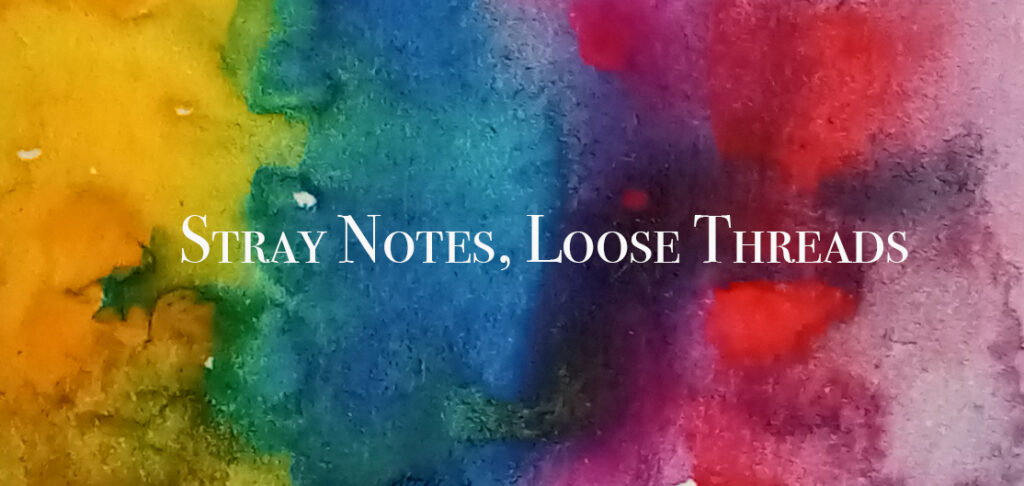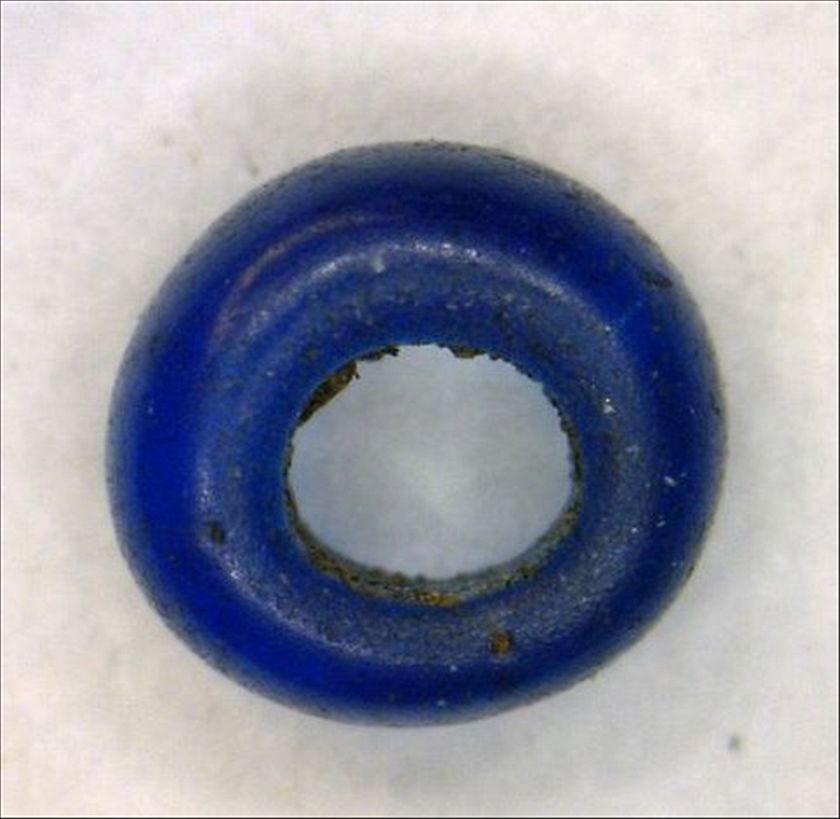In 2013 a news report alerted archaeologists, researchers and scientists to an unusual find: glass beads of European origin excavated in the Arnhem Land region of Australia. These beads appear to predate European contact with Aboriginal peoples of the country and point to a trade that existed long before colonisation.
These small items were, it is thought, brought across the ocean by Makassan traders from Indonesia who were looking for sea cucumbers, a delicacy, and a medicine in China. The traders used the beads as currency, exchanging them for the invertebrate known as trepang, and the glass has helped guide the way to a new understanding of history and land ownership in Australia.
These beads may have been used to negotiate the rights to use the area for fishing. That, in turn, means that there must have been Aboriginal people who thought of themselves as owning the area, and were able to negotiate those rights with others who thought the same way. That puts claims to land-and-sea-ownership with these Aboriginal groups, pre-dating sustained European contact.
Such trade had a significant effect on Aboriginal culture. Not only did beads come to be used as decoration, replacing shells, stones and wood, but language, art, religious beliefs and cuisine all show the effects of this sustained contact.
Read more:
https://www.abc.net.au/science/articles/2013/12/06/3905030.htm
https://www.archaeology.org/news/1612-australian-aborigines-glass-bead-currency
https://en.wikipedia.org/wiki/Makassan_contact_with_Australia
Header image: courtesy of Mirani Litster and Daryl Wesley


Leave a Reply